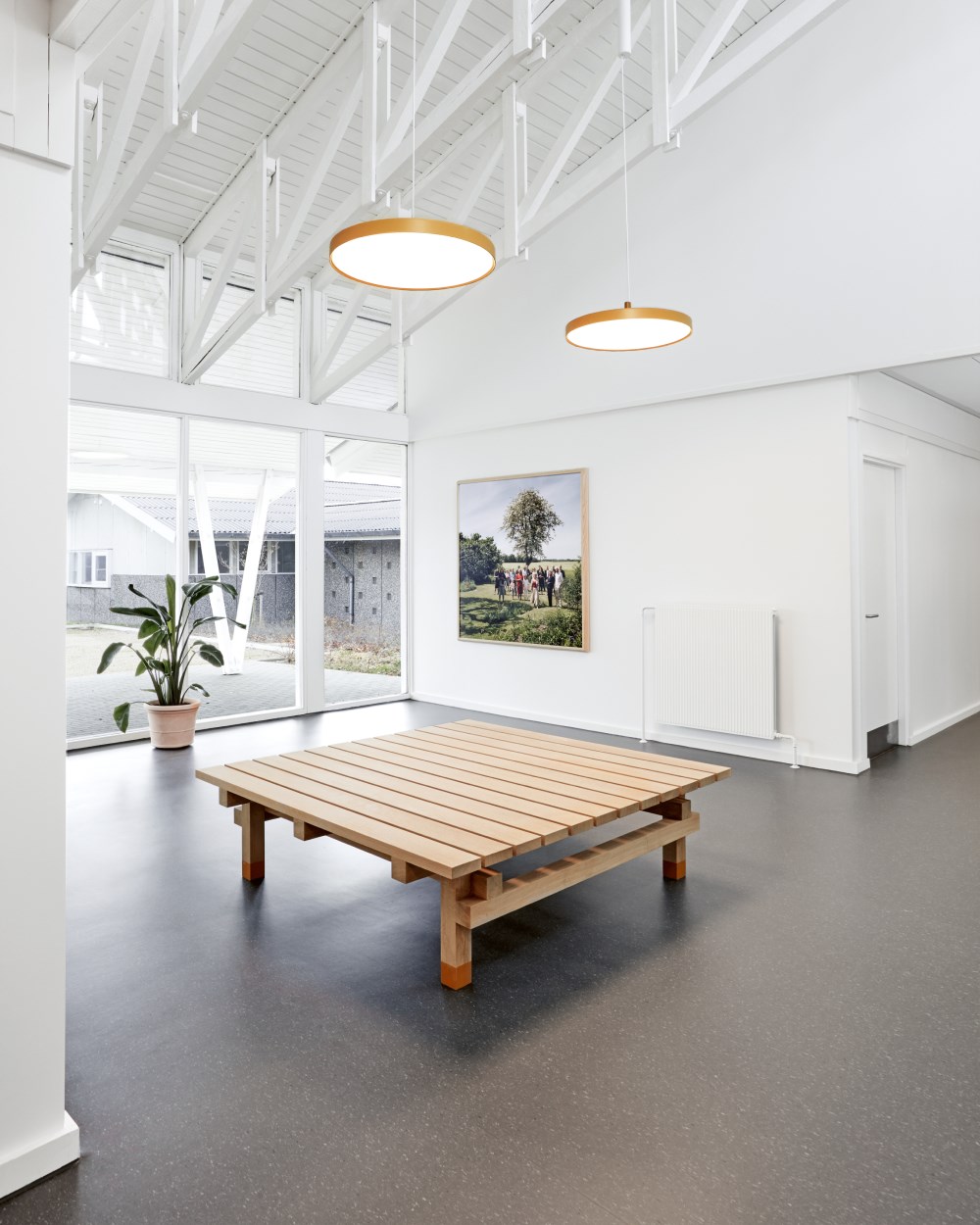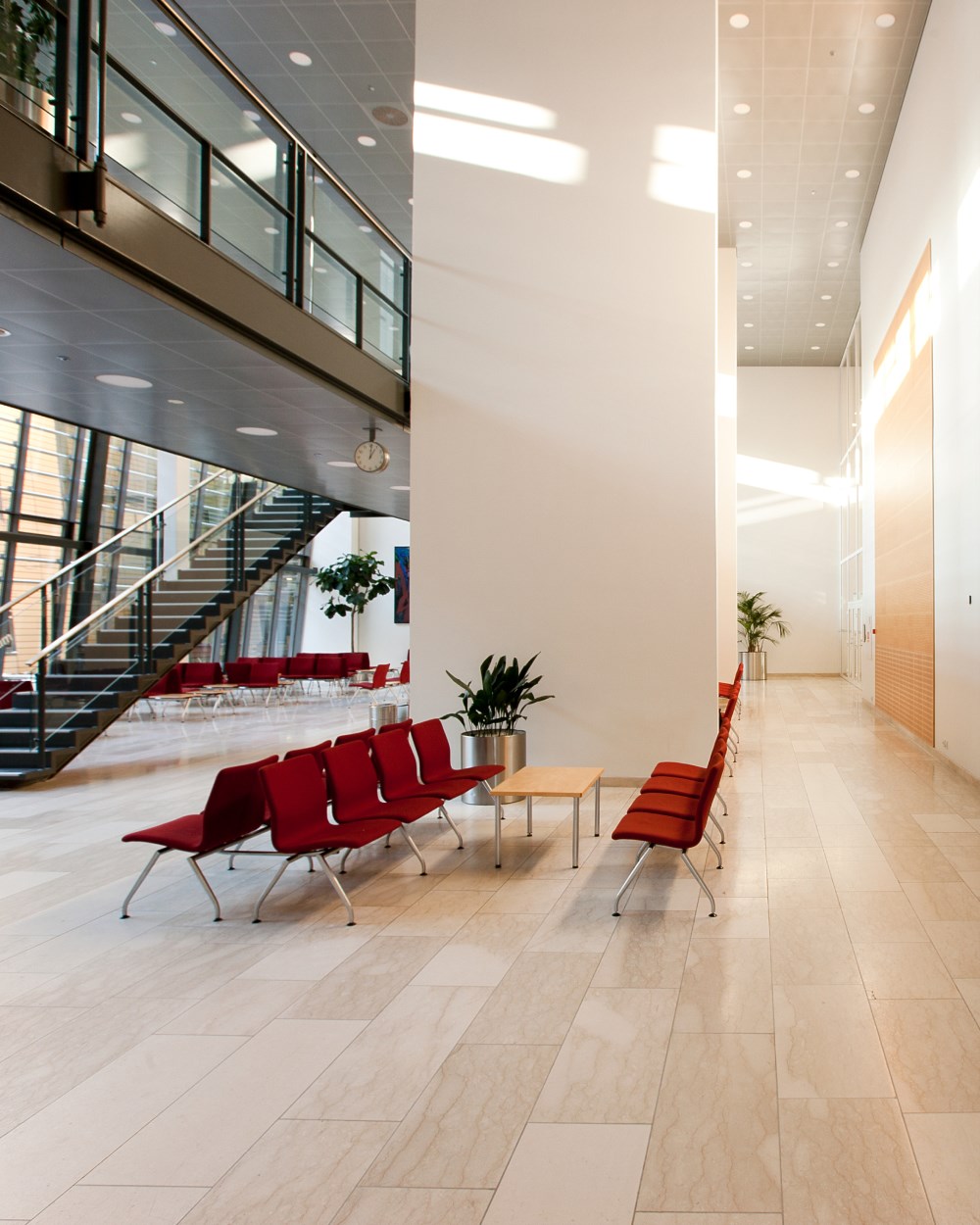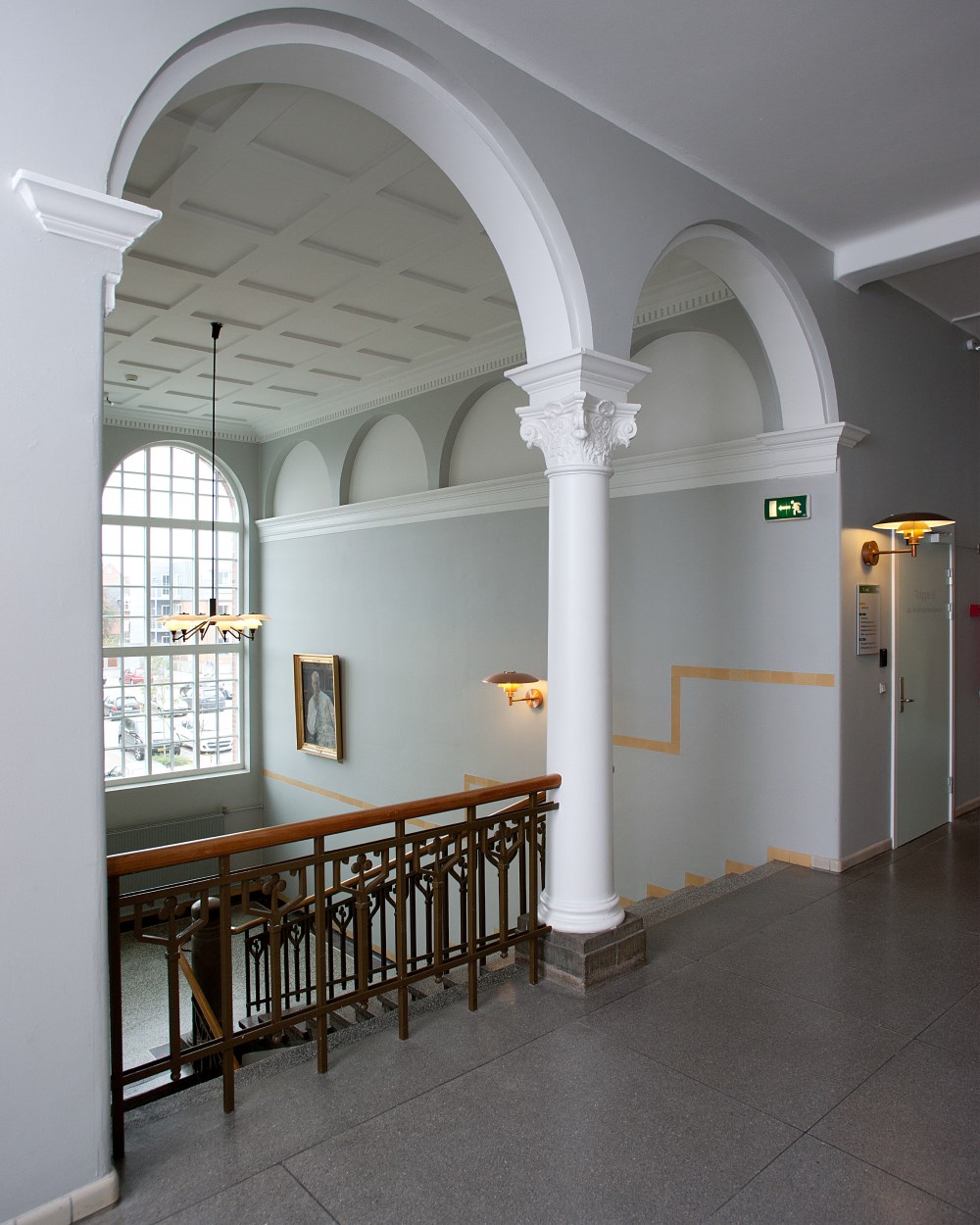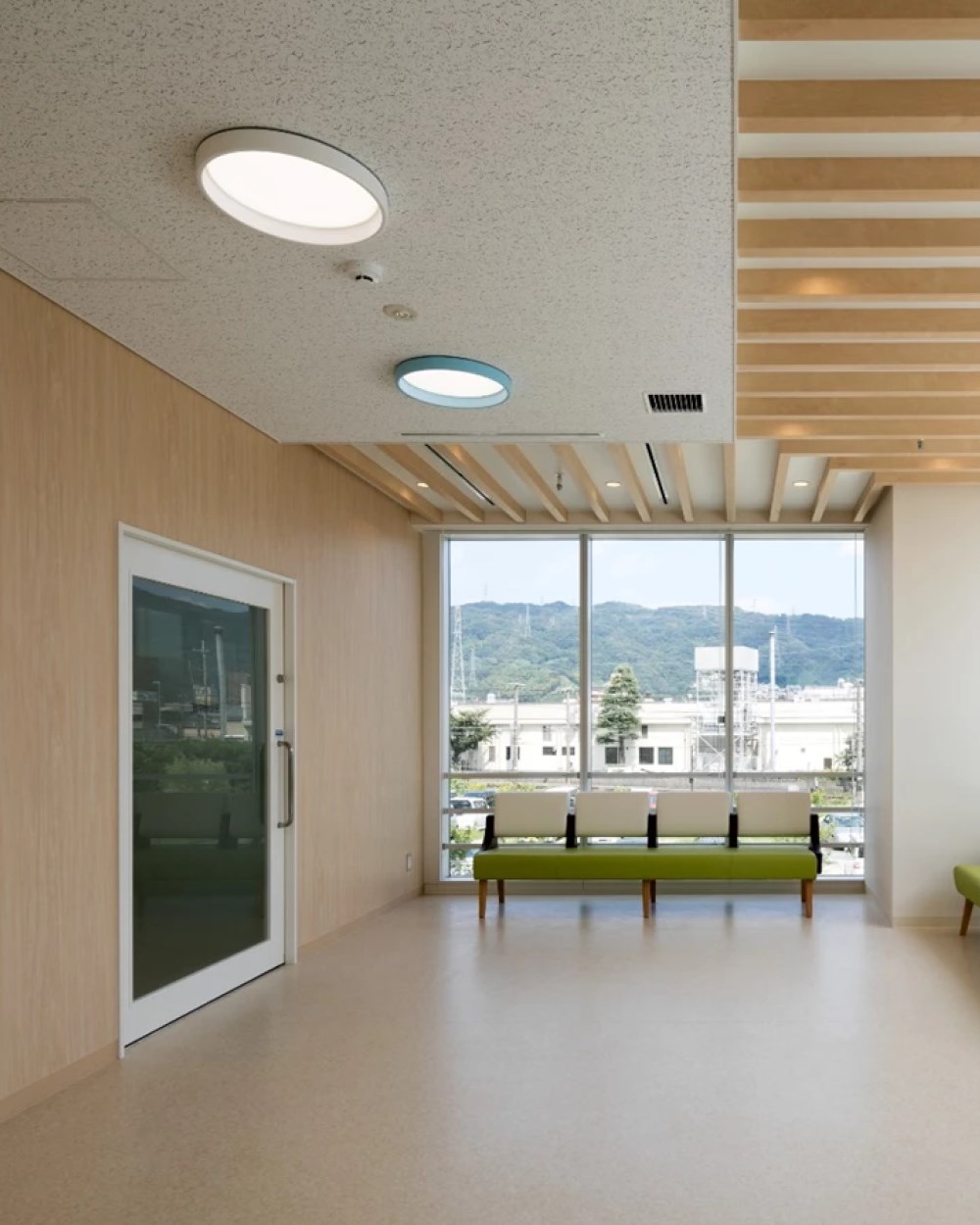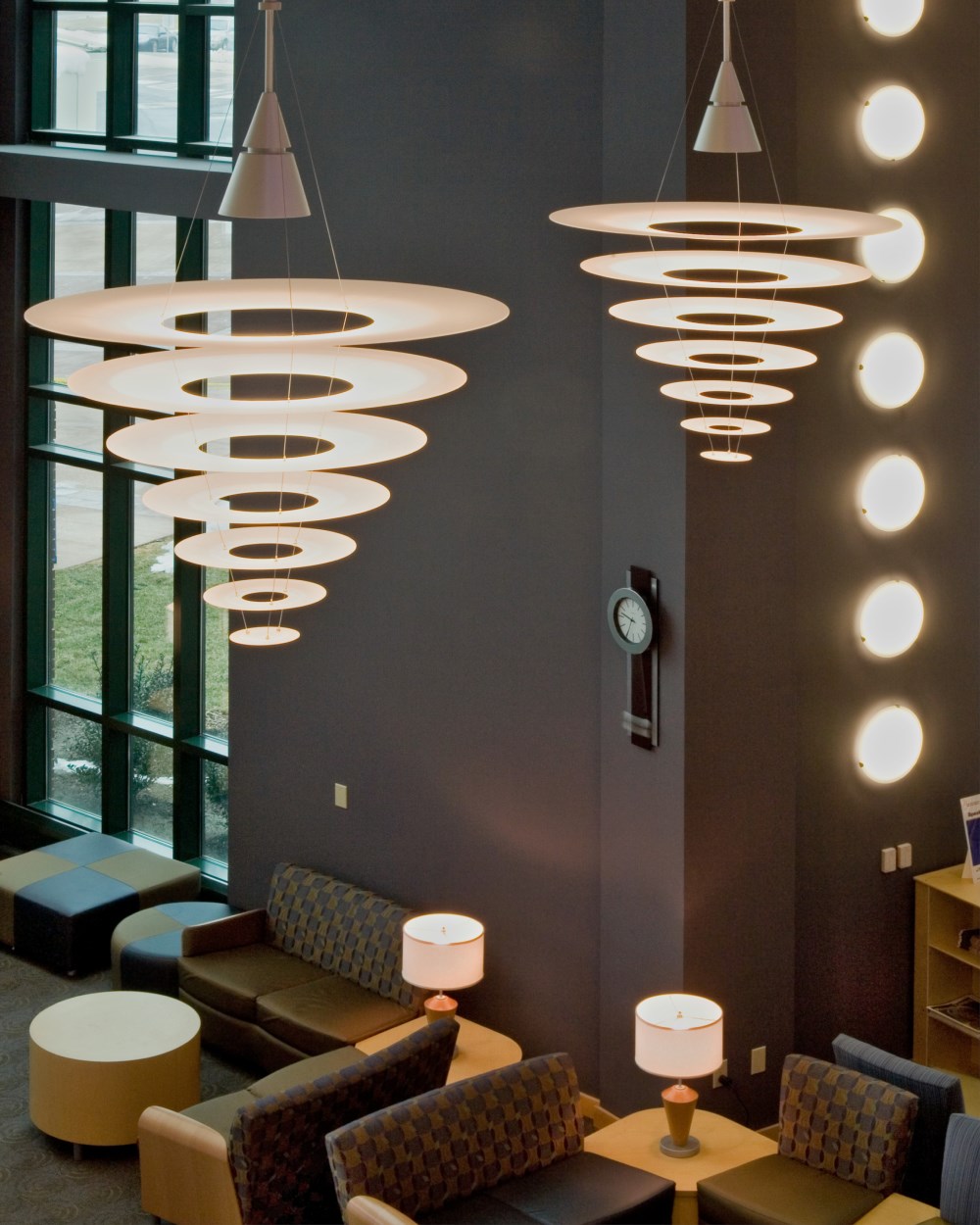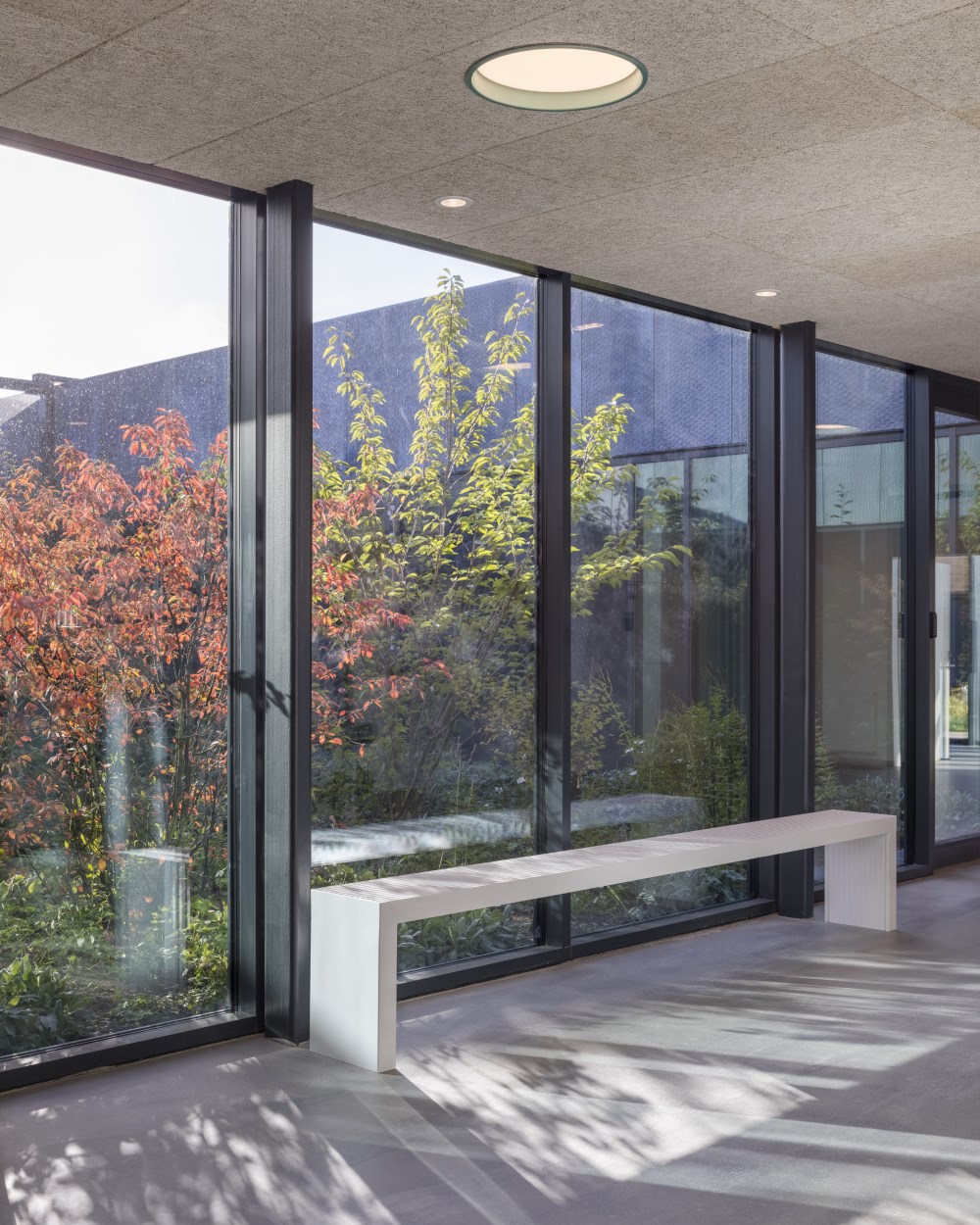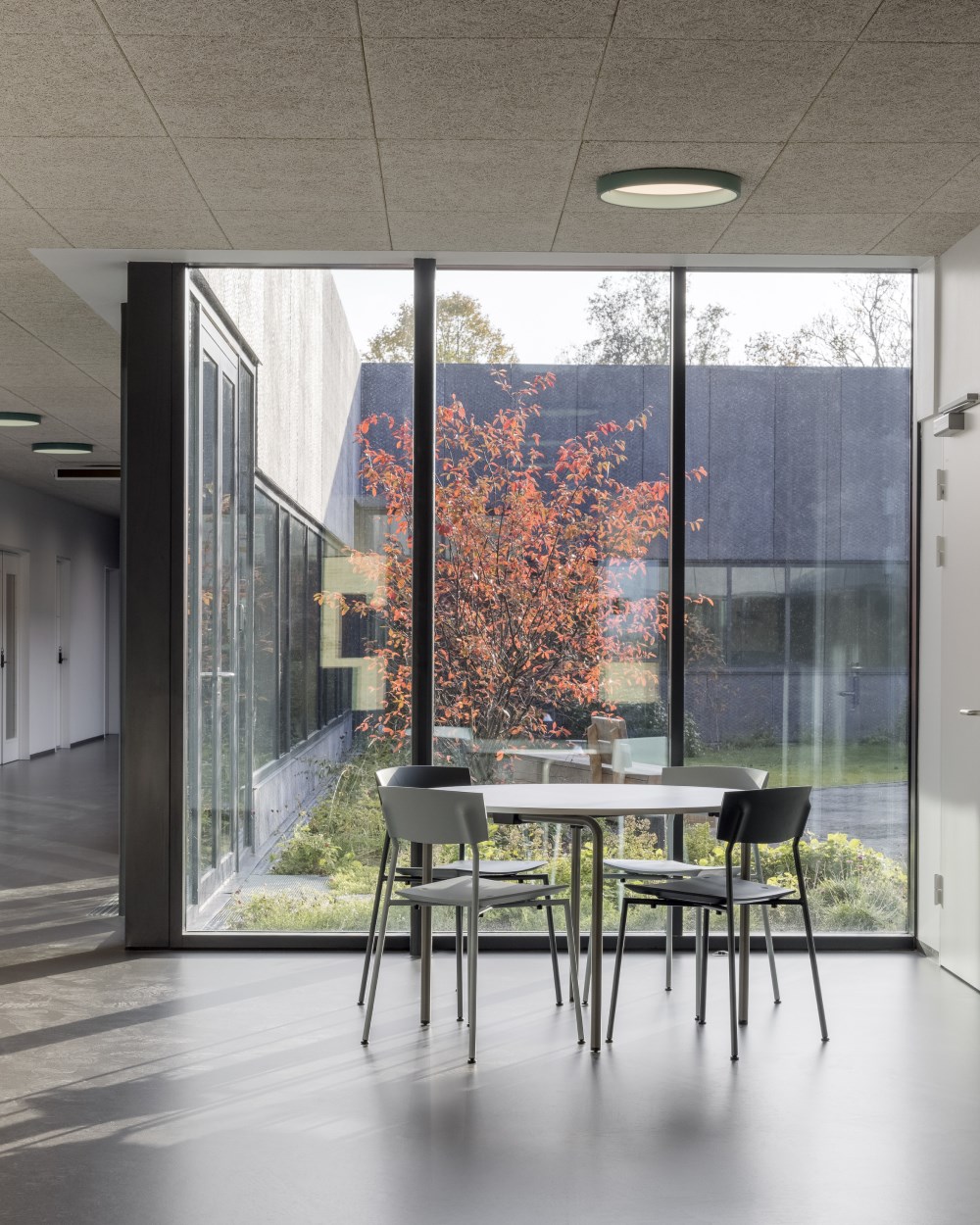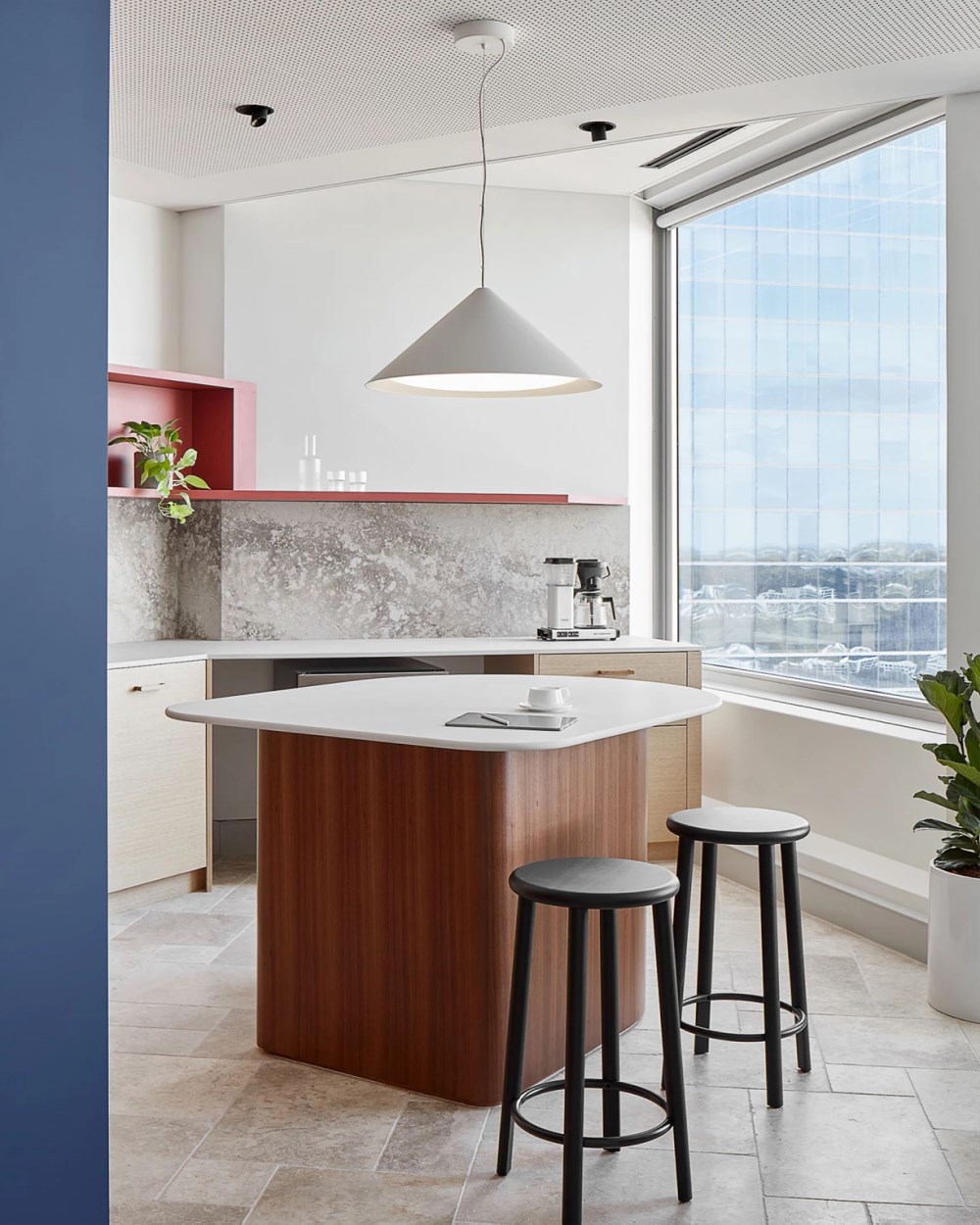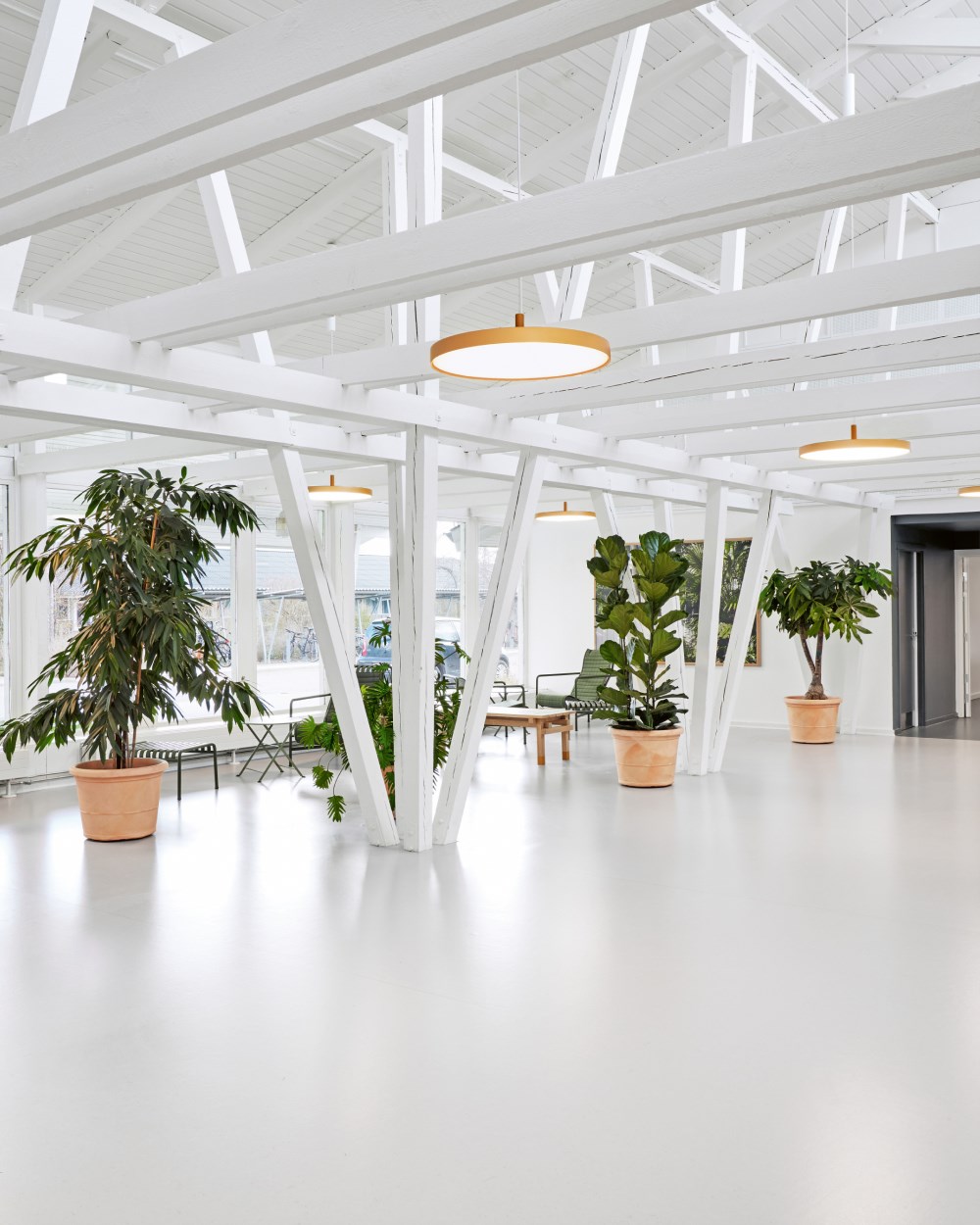

Healthcare
Light plays an important role in modern society and affects all aspects of the human experience. As such, lighting in hospitals plays an important role in the wellbeing of patients, relatives and staff. Studies show that a well-designed lighting system can contribute to the reduction of medical errors, patient falls, pain, stress, depression and length of stay while improving overall satisfaction. If used effectively in the healthcare environment lighting can even enhance patients’ experience and play a key role in healing.
THE VALUE OF DAYLIGHT IN HOSPITAL LIGHTING DESIGN
From decades of research on light’s importance for our biological function, we know that light affects and stimulates us both physically and emotionally and it has a measurable impact on our mental state and even our ability to recover from illness. We know that if we are exposed to enough natural light, our blood pressure drops, and the risk of cardiovascular diseases declines. Mentally, daylight and artificial lighting counteracts depressive conditions and it is concluded, that if we get enough light early in the day, we are more likely to sleep better at night.
Access to daylight is also seen as a factor in reducing recovery time or the amount of medication that patients need. Hospital lighting design should seek to optimize the natural light, including sunlight, in patient rooms, waiting rooms, staff work rooms, and rest areas; and where there is inadequate daylight it should be compensated by providing lighting solutions that simulate natural lighting conditions over the course of the day, supporting the circadian rhythm: the human brain’s 24-hour clock for cycling through sleepiness and alertness at regular intervals. In simple terms, naturalistic light is artificial light that replicates nature’s own rhythm of darkness and light.

Research-based lighting design in hospitals
For their work on light and circadian clock, Jeffry Hall, Michael Rosbach and Michael Young won the 2017 Nobel Prize in Physiology or Medicine. With that came an even greater emphasis on lighting design for hospitals. However, even as design changes sweep the healthcare sector, it’s worth noting that while circadian lighting may be the optimal solution, there is still much to be said for working with the decorative lighting at our disposal.
After all, it’s not just the light itself that matters, but also the form in which it is delivered. For instance, the PH Wall lamps installed in the corridors of a hospital in Esbjerg, Denmark, have lent the space a warmth that is a welcome break from traditional, overly bright overhead lighting.
PATIENT ROOM LIGHTING CASES
At Frederiksberg Hospital in Copenhagen, Louis Poulsen has contributed to test rooms designed to help patients recover faster and to create a more pleasant environment for patients, staff and visitors. Designed by KHR Architecture, LP Circle fixtures are Kelvin-adjustable and feature integrated ventilation. With more daylight, circadian lighting, a more patient-friendly color scheme, and single-patient rooms, the design team hopes to enhance not only ambience, but also outcomes.
In Seinäjoki, Finland, Louis Poulsen has been involved in another project where Kelvin-adjustable LP Circle fixtures have been installed in intensive care rooms to expedite patient recovery. In Germany, The St. Augustinus Memory Centre in Neuss has been experimenting with human-centric lighting to help treat patients with dementia and across the ocean at the Mount Sinai Health System in New York City, USA, a clinical trial is testing whether brighter morning light in cancer patients’ rooms can reduce fatigue and depression.
Hospital lighting design in waiting areas
Scientific research has found that hospitals waiting areas often risk making patients feel anxious, impatient or insecure when staying there – when they in fact ought to be areas of peace and tranquility, where you should feel safe and comfortable in order to counteract the psychological stress and uncertainty.
Considering the amount of people passing through waiting areas each day - and the many hours those people are obliged to spend there – waiting areas ought to be prioritized more than they currently are. However, it is possible to support the creation of relaxing, pleasant and comfortable environments in hospital waiting areas using lighting design, focusing on the interplay between light, space and materials.
Corridor lighting design in hospitals
Corridors and hallways risk being neglected when it comes to hospital lighting design. In hospitals these areas are often deprived of natural sunlight which makes it even more important to prioritize corridor lighting design. As such, hospital lighting design in corridor and hallways supports several purposes – one of these is acting as a guide through transition areas guiding patients, relatives, healthcare professionals and other employees to and from patient rooms, receptions, waiting areas, elevators, stairways and emergency exits etc.
